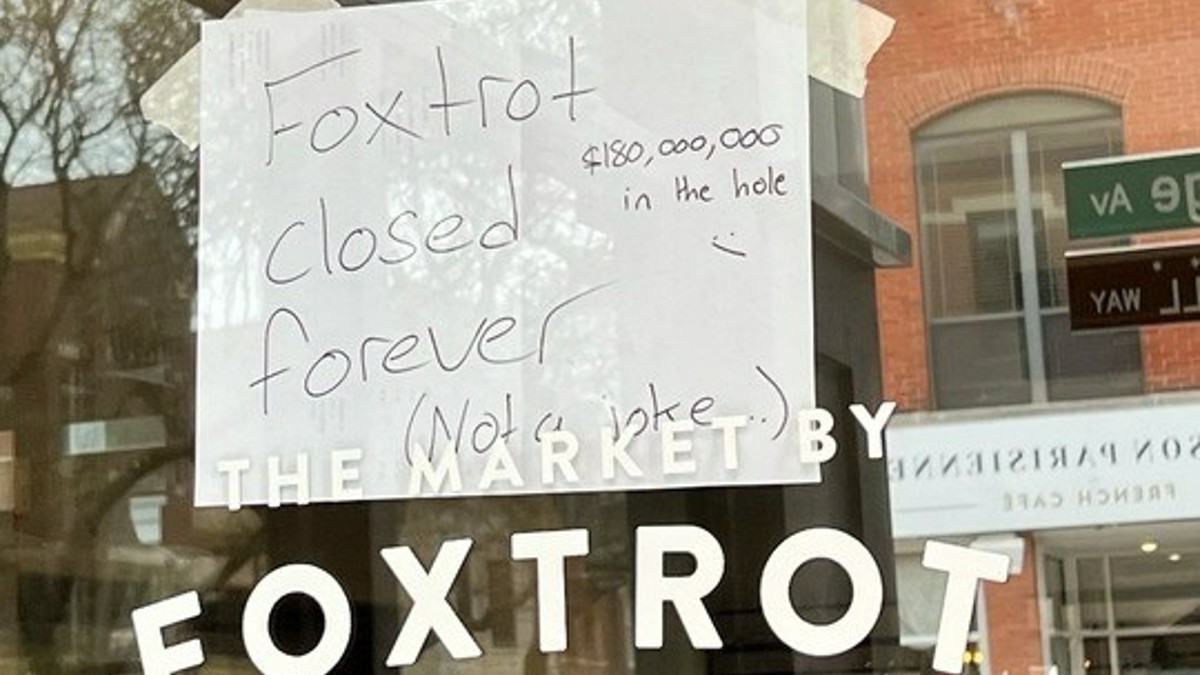When Tami Alpert went to buy a pair of EpiPens for her daughter’s allergies, she was taken aback by the price: close to $400.
“I left the pharmacy having not purchased it so that I could talk about it with my husband and figure out what we were gonna do,” said Alpert.
Alpert is not alone. In a survey, 30 percent of those facing a rising drug cost told Consumer Reports they didn’t fill the prescription. CR shares four tips to help bring those costs down:
First, talk to your doctor. In an earlier survey, CR found that 70 percent of people who asked their doctor if they could cut down on their medications were able to eliminate at least one drug. So, ask your doctor whether you still need all the medicine you’re taking.
If a drug is necessary, ask your doctor about the cost. Most doctors don’t regularly discuss drug costs with their patients.
“Don’t be afraid to take the lead on this. Asking your doctor for a cheaper alternatives can save you money. And using generics can save you up to 85 percent,” said Lisa Gill of Consumer Reports.
Tip number three: think 90-day supply. If you have a chronic condition like diabetes or high blood pressure, you can save money by getting a 90-day prescription from your doctor.
Local
The latest news from around North Texas.
Finally, always ask your pharmacist ‘What’s the lowest possible price you can offer?’ That’s what Alpert did, and it saved her a lot of money.
“A few hours later my pharmacist called me back and said that he had actually gone and done his own research and found additional coupons and that he was able to bring the price down. I think it was $147 or $148 dollars. I felt so relieved,” said Alpert.
Here’s a bonus tip: Consumer Reports secret shoppers called over hundred fifty pharmacies across the country to compare prices and found that the cost of the same prescription can vary by hundreds of dollars even in the same town. So it can really pay for you to call around, too, to find the best price.



